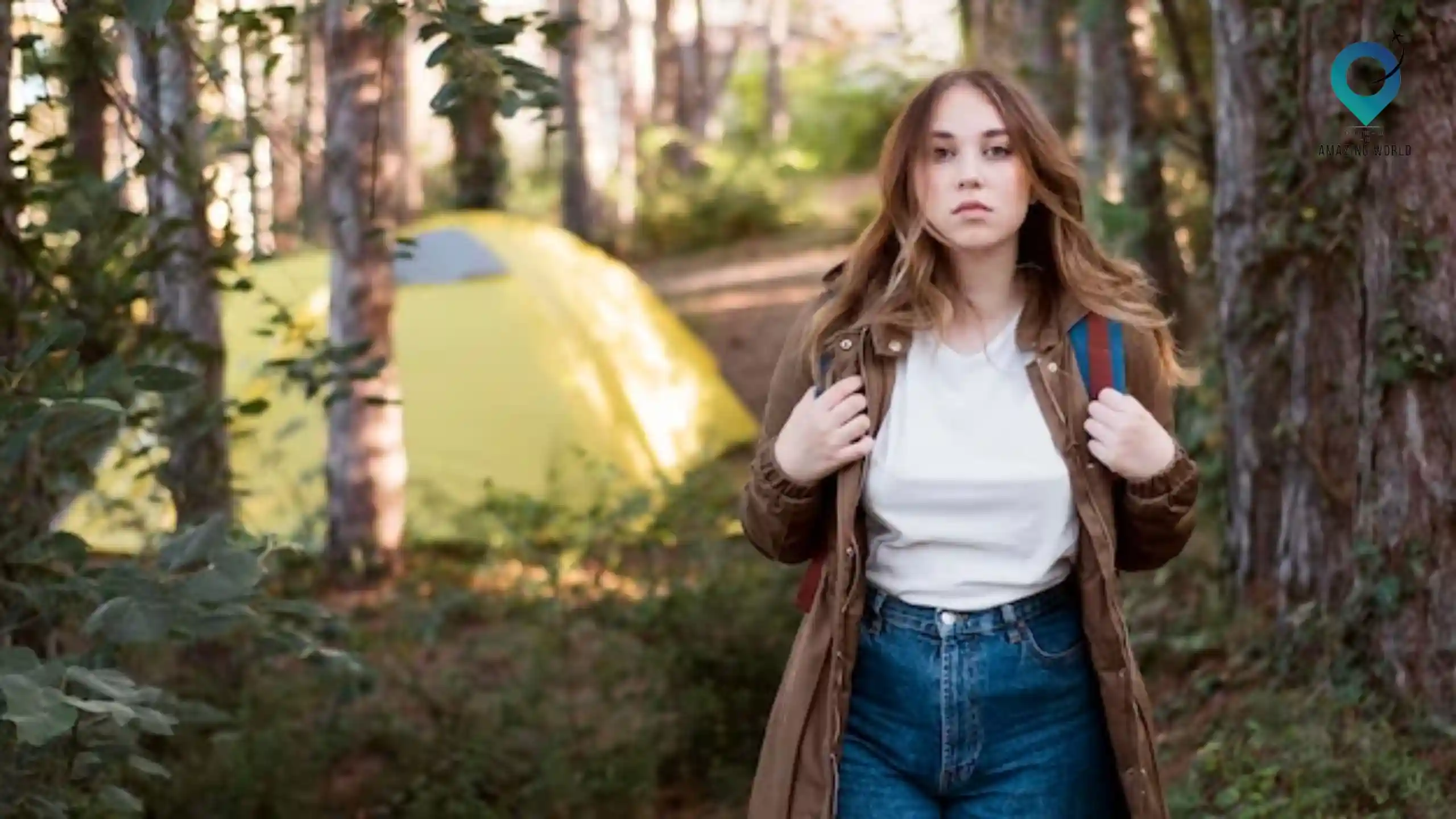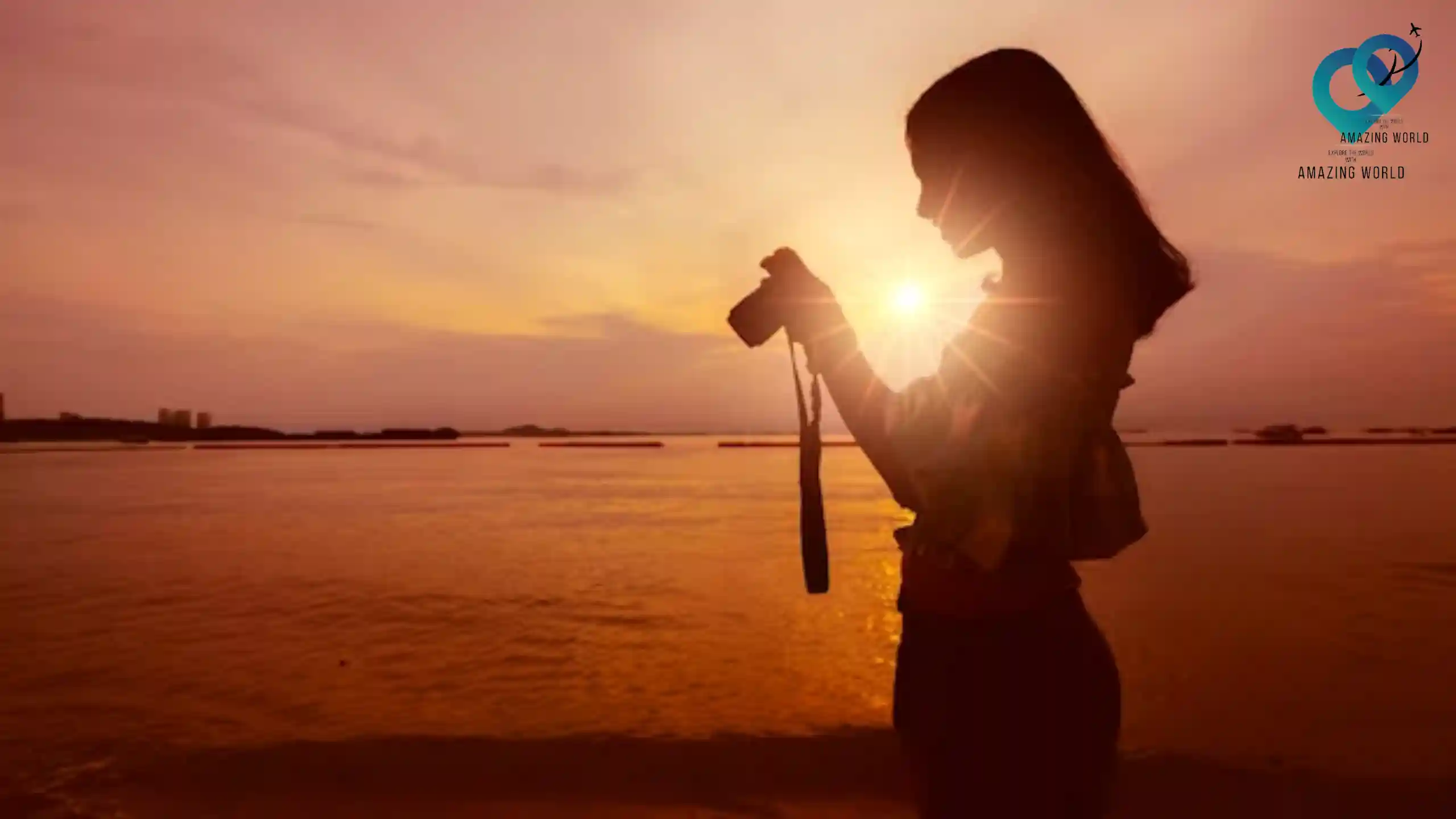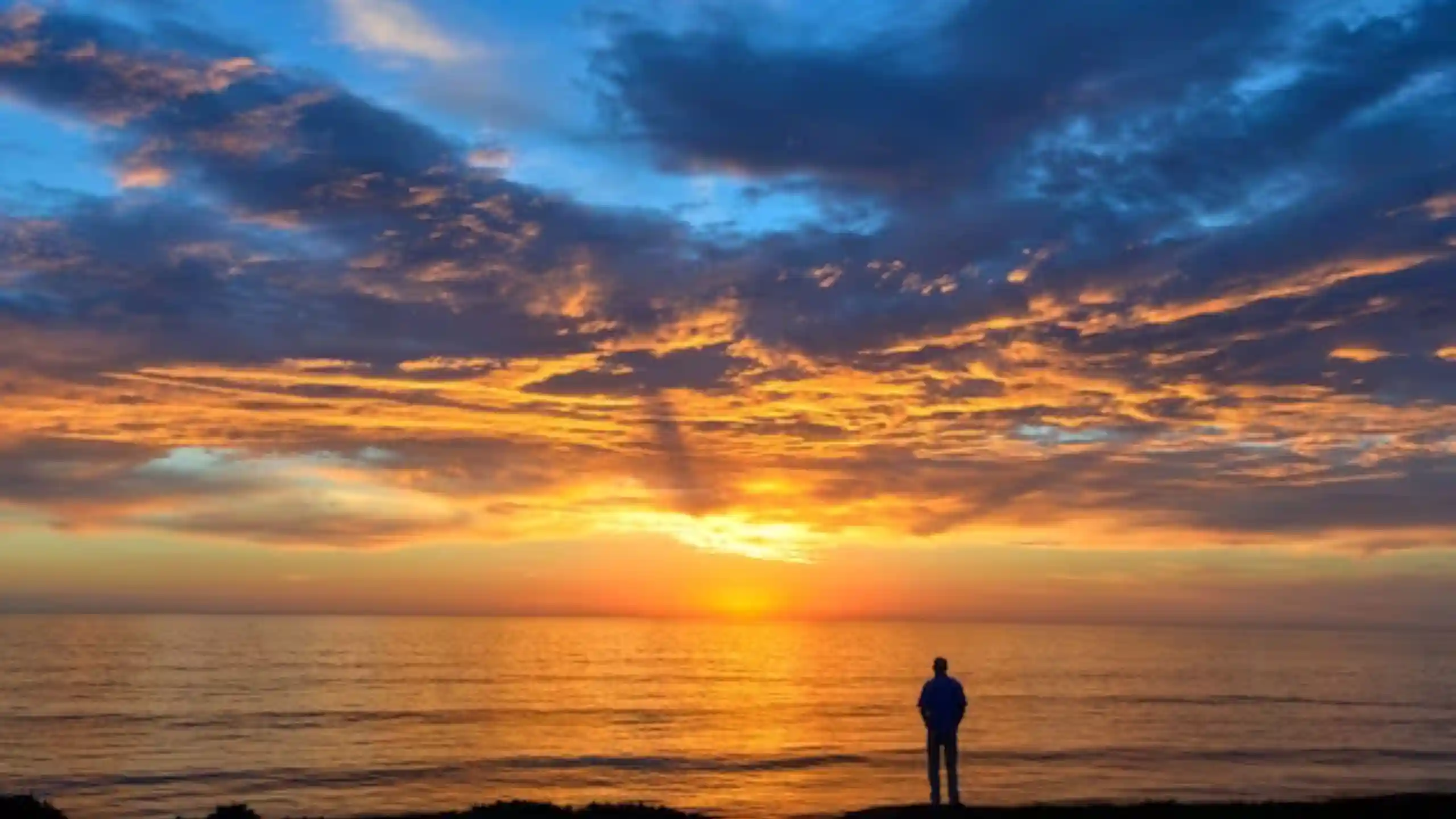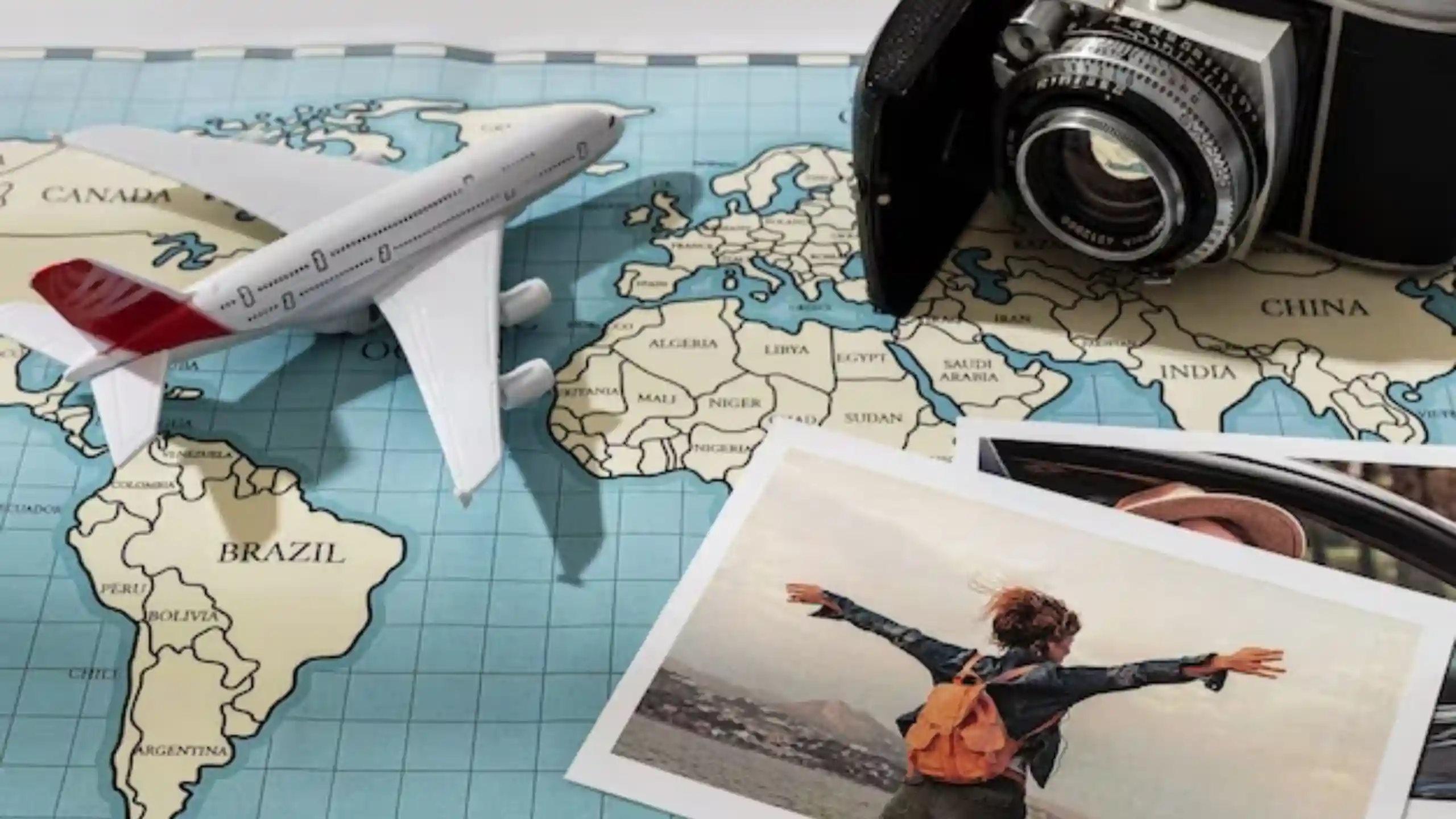Transforming Travel Snapshots into Stunning Masterpieces: A Guide to Editing
Table of Contents
Toggle
In today’s digital age, capturing travel memories has never been easier. With just a few clicks, you can freeze moments and scenes that will forever remind you of your adventures. But often, these snapshots don’t quite capture the full beauty and emotion of the moment. That’s where the power of editing comes in.
In this guide, we’ll explore how to transform your travel snapshots into stunning masterpieces through the art of editing. From understanding the basics to advanced techniques, this guide will equip you with the knowledge and skills needed to take your photography to the next level.
Understanding the Power of Editing
Editing is the secret sauce that can take a good photo and make it exceptional. It’s the process of refining, enhancing, and perfecting your images to bring out the true essence of the scene.
Through editing, you can adjust exposure, color balance, composition, and more, to create images that evoke emotions and tell stories. It’s not about manipulating reality, but rather about translating what you saw and felt into a visual medium that resonates with others.
Selecting the Right Editing Software
Before diving into the editing process, it’s crucial to choose the right software. There’s a plethora of options available, ranging from beginner-friendly tools to professional-grade software. Popular choices include Adobe Lightroom, Photoshop, Capture One, and more. Consider your skill level, budget, and desired features when making your selection. Remember, the software is your canvas, and your creativity is the paintbrush.
Mastering the Basics: Exposure and Color Correction
Exposure and color are the building blocks of photography. Mastering exposure ensures your images aren’t too dark or too bright, while color correction ensures accurate representation of hues. Use exposure adjustments to balance highlights and shadows, and adjust color temperature to evoke specific moods. Remember, a well-exposed and color-balanced image forms the foundation for further enhancements.
Enhancing Composition with Cropping and Straightening
Composition is key in photography, and editing allows you to refine it further. Use cropping to eliminate distractions and emphasize the subject. Straighten horizons and lines to add a professional touch. The rule of thirds, leading lines, and symmetry are compositional techniques that can be enhanced during editing, creating visually pleasing and balanced compositions.
Unleashing Creativity with Filters and Effects
Filters and effects offer creative opportunities to enhance your images. Experiment with vignettes, gradients, and overlays to add drama and mood. However, moderation is key – subtlety often yields more striking results. Don’t let filters overpower the essence of the photo; instead, use them to amplify its impact.
Perfecting Portraits: Retouching and Skin Smoothing
Portrait photography demands special attention to detail. During editing, focus on retouching to remove blemishes, smooth skin, and enhance facial features. Strive for a natural look, preserving the subject’s unique characteristics. Portraits should tell a story, and editing can help bring that story to life.
Bringing Landscapes to Life: Adjusting Clarity and Vibrance
Landscapes often involve intricate details and vibrant colors. Use clarity adjustments to enhance texture and detail, while vibrance adjustments can intensify colors without making them appear unrealistic. These adjustments breathe life into landscapes, making them pop off the screen.
Playing with Perspective: Transforming Angles
Perspective can drastically change the feel of a photograph. Editing allows you to experiment with perspective, altering angles and orientations. You can correct converging lines or even create surreal effects by manipulating angles, turning ordinary scenes into captivating visuals.
The Art of Black and White: Monochrome Conversion
Black and white photography has an undeniable allure. Editing lets you convert color images to monochrome, emphasizing contrast, textures, and emotions. It’s an art that requires careful consideration of tones and shades to convey the desired mood.
Adding Depth with Contrast and Shadows
Contrast and shadows play a pivotal role in creating depth and dimension. Through editing, enhance contrast to make elements stand out, and manipulate shadows to add a three-dimensional feel. These techniques contribute to a dynamic and captivating visual experience.
Managing Noise: Cleaning Up Grainy Shots
Low light conditions can lead to noisy, grainy images. Editing software offers tools to reduce noise while retaining image sharpness. Balancing noise reduction and detail preservation is crucial for producing clean and appealing images, even in challenging lighting situations.
Rescuing Overexposed and Underexposed Photos
Exposure mishaps can happen, resulting in overexposed or underexposed photos. Editing can often salvage these shots. Recover lost details, adjust highlights and shadows, and bring out hidden elements to transform flawed images into remarkable ones.
Stitching Panoramas for Breathtaking Vistas
Capturing expansive landscapes in a single frame can be a challenge, but stitching panoramas can help you capture the full grandeur of the scene. To create a panoramic image, take a series of overlapping shots as you pan your camera. Then, use editing software to seamlessly stitch these images together. Software like Adobe Lightroom and Photoshop offer panorama stitching tools that make this process easy.
When stitching panoramas, ensure that your shots have a consistent exposure and white balance. Once stitched, you can make further adjustments to enhance the final result. The end result? Breathtaking vistas that capture the vastness and beauty of the landscapes you’ve explored.
Fine-Tuning with Selective Adjustments
Not every image needs global edits. Selective adjustments allow you to target specific areas for enhancement, creating a more polished and refined look. This technique is particularly useful for portrait photography, where you might want to brighten eyes, smooth skin, or enhance certain features.
Editing software provides tools like adjustment brushes or gradient filters that enable you to apply edits only to the areas you choose. This level of precision helps you achieve a professional finish while maintaining the authenticity of the image. Experiment with different adjustments to see how they can elevate your photos to the next level.
Preserving Memories: Archiving and Backup
After investing time and effort into editing, it’s essential to safeguard your work for the long term. Archiving and creating backups ensure that your stunning masterpieces remain safe despite unforeseen events like hard drive failures or data corruption.
Consider using cloud storage services like Google Drive, Dropbox, or specialized photography platforms that offer secure storage for your edited images. Additionally, maintain physical backups on external hard drives, and create redundant backups to minimize the risk of data loss.
Conclusion
Transforming travel snapshots into stunning masterpieces through editing is an art that requires practice, patience, and an eye for detail. As you navigate the world of exposure, composition, and creative effects, remember that editing is a journey of self-expression.
Embrace the process, experiment fearlessly, and watch as your travel memories evolve into captivating visual stories. By mastering the techniques outlined in this guide, you’ll not only elevate your photography skills but also create images that resonate with your audience and stand the test of time.
How much did you like Our detailed Transforming Travel Snapshots into Stunning Masterpieces: A Guide to Editing? Review Also, please share these Blogs with your friends on social media.
Related Article –
Travel Snapshots FAQs
Is editing considered ‘cheating’ in photography?
Not at all! Editing is a tool that photographers have used for decades to enhance their images and express their creative vision.
What if I’m a beginner with no editing experience?
Start with user-friendly software like Adobe Lightroom. There are plenty of tutorials available online to help you get started.
Can I edit photos taken with my smartphone?
Absolutely! Many editing techniques apply to smartphone photos as well. Apps like Snapseed and VSCO offer powerful editing tools.
How do I avoid over-editing my photos?
Practice restraint and aim for a natural look. Over-editing can lead to unrealistic images that lack authenticity.
Should I shoot in RAW format for better editing?
Shooting in RAW gives you more flexibility during editing by preserving more data. It’s especially useful for advanced edits.
Can I undo edits if I change my mind later?
Yes, most editing software offers non-destructive editing, allowing you to revert to the original image at any time.

Meet David Hoper, a passionate travel Blog writer with 7+ years of experience in travel content. Through his exemplary storytelling and engaging narratives, he shares his experiences and brings destinations to life. With a keen eye for detail and a love for exploration, he has cultivated a diverse portfolio of travel blogs that inspire and inform readers worldwide.








